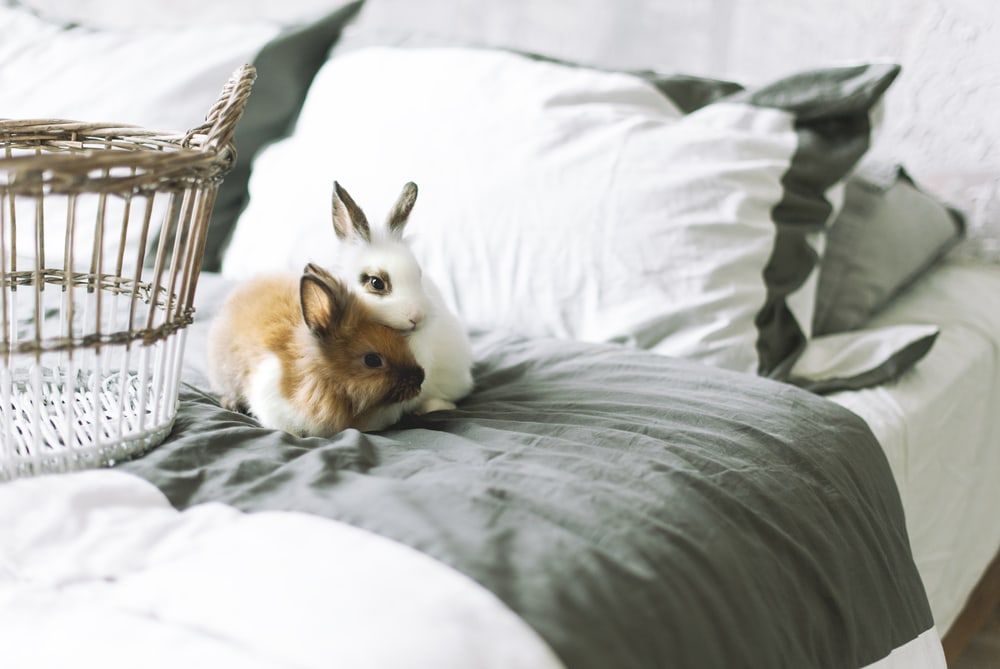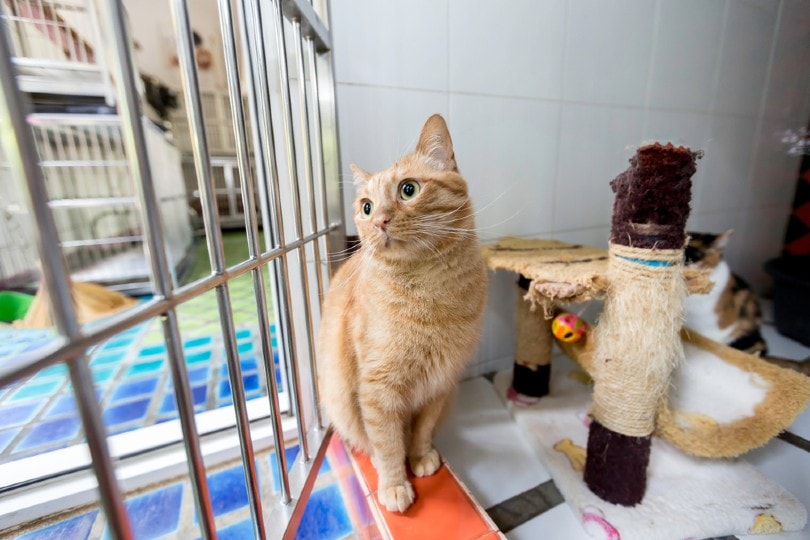VET APPROVED

The information is current and up-to-date in accordance with the latest veterinarian research.
Learn more »Click to Skip Ahead
Rabbits are cute, fluffy, and seriously loveable, but let’s be honest—they pee a lot. Rabbits that haven’t been neutered or spayed are more prone to peeing in various places around your home by way of marking their territory. It’s perfectly possible to litter train rabbits just like cats and dogs, but unlike cats and dogs, it’s easier to litter train rabbits as adults rather than as babies.
In any case, neutered or not, it’s pretty normal for accidents to occur when you have pets. If you’ve discovered rabbit pee on your mattress, don’t fret. Check out these common cleanup methods that will have your mattress pee-free and smelling fresh again in no time. Most of the time, all you’ll have to do is arm yourself with a few simple household items.
Note: Make sure you remove all bedding before trying any of the below methods. Perform a spot check and apply the product on a small area first to see if there is any damage to the material before cleaning the whole mattress. We’ll be working only on the mattress. The bedding can be washed as normal.

The 4 Tips on How to Get Rabbit Pee Out of a Mattress
1. Water and White Vinegar
The simplest method on our list involves just water and white distilled vinegar. You can try this method first to see if it solves the problem, but if there’s still an odor afterward, you might need to try a different approach. Mix half a cup of white vinegar with a full cup of water in a spray bottle.
Blot the area on the mattress that has been peed on with a dry rag or paper towel to soak up excess moisture, then spray the water and vinegar mixture over the stain. Lightly dab the area again with another dry towel. Let it dry and check if any odors remain.
2. Water, White Vinegar, and Baking Soda
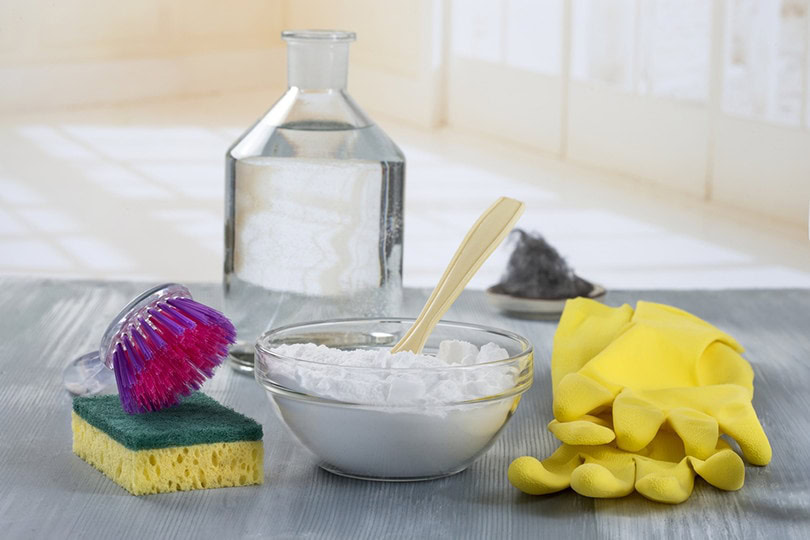
If water and vinegar alone weren’t enough to get rid of the stain and smell or you’ve got a particularly large stain on your hands, adding baking soda to the mix might be in order. Follow the same steps as with the water and white vinegar method, but this time sprinkle baking soda over the area after spraying.
Don’t worry about using too much baking soda—it will all be vacuumed up later, anyway. Leave the baking soda on the mattress for a good 6 to 8 hours, then vacuum the area. Hopefully, this will have removed all remnants of the stain and odor.
3. 3% Hydrogen Peroxide
If you’ve had no luck with the first two methods, try repeating the process again. If you still have no luck, it’s time to up the game. This method involves combining 4 tablespoons of 3% hydrogen peroxide with 2 tablespoons of water and 3 tablespoons of baking soda. Add in a few drops of dish soap and swirl the spray bottle gently.
Soak up excess urine with a dry cloth as described in the other methods. Spray the stained area with the hydrogen peroxide solution, then dab the area again lightly and leave it to dry. If there are remnants of baking soda left after drying, you can just vacuum it up.
Be aware, however, that hydrogen peroxide can stain some fabrics, so it might be worth doing a patch test first on an inconspicuous part of your mattress.
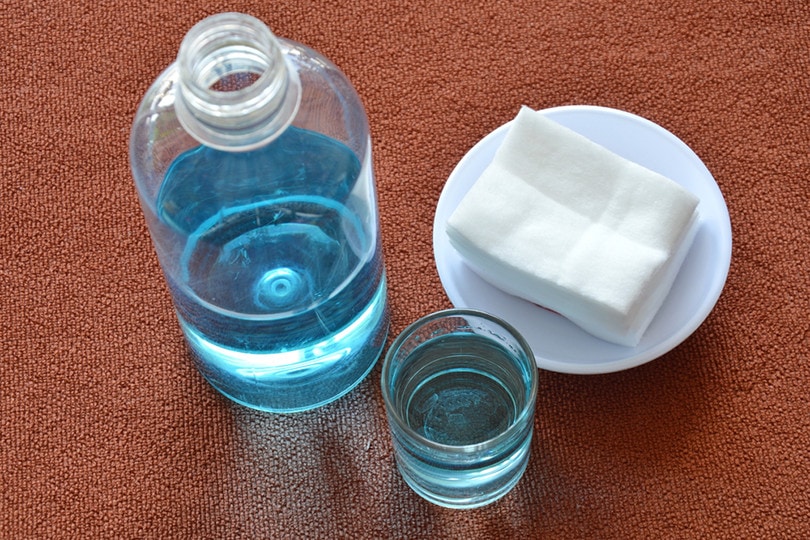
4. Commercial Cleaners
If making DIY cleaners isn’t your thing, there’s always the option to buy a commercial cleaner. These are called enzyme cleaners and are specially designed to get rid of stains and odors left behind by your pets. They’re easy to use and apply—usually, you’ll just need to blot the area and then spray it. That said, different brands may have different instructions, so check the bottle before use.
If you're trying to find an enzyme cleaner that does it all, we highly recommend our favorite cleaner, the Hepper Advanced Bio-Enzyme Pet Stain & Odor Eliminator Spray.
| Rating | Image | Product | Details | |
|---|---|---|---|---|
 |
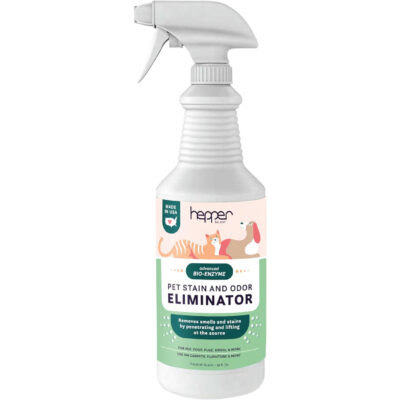 |
Hepper Advanced Bio-Enzyme Pet Stain & Odor Eliminator Spray |
|
CHECK PRICE |
It permanently removes the very worst stains and smells you can imagine and makes clean up a breeze. There's even a 100% satisfaction guarantee! Click here to order a bottle today.
At PangoVet, we’ve admired Hepper for many years, and decided to take a controlling ownership interest so that we could benefit from the outstanding products of this cool cat company!

Prevention: Top Tips
After the cleanup operation is done, you might want to look at preventative measures, especially if your rabbit is a repeat offender. Here are our top tips for preventing your rabbit from peeing on your furniture in the future.
- Get your rabbit spayed or neutered when they’re old enough—usually between 4 and 6 months old.
- Litter-train your rabbit. This may not entirely eliminate the risk, as even trained and neutered rabbits have accidents or mark their territory now and then, but it does help minimize this behavior.
- Learn the signs. A rabbit that’s about to pee may become more restless than usual. Take your rabbit to the litterbox immediately if you suspect a “number one” incoming.
- Put a few litter boxes around your house, particularly in areas your rabbit likes to target.
- Clean peed-on areas as quickly as possible and thoroughly. If there’s still a scent, it increases the likelihood of your rabbit using the area as a bathroom again.
- When you wash your bedding, leave something with your scent on it on the bed. Rabbits like to mark their territory in places with unfamiliar smells, so this can help prevent the territorial marking of fresh bedsheets.
- Use a mattress protector to minimize the damage.
- Never punish—this only increases the rabbit’s stress and won’t stop the behavior.
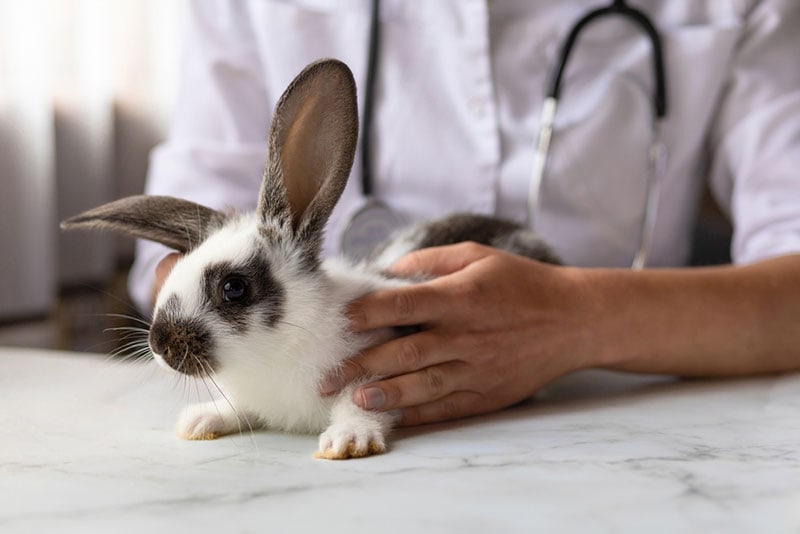

Conclusion
As frustrating as your rabbit peeing on your mattress is, the cleanup operation is nothing to worry about. A few simple household products should have you sorted out in no time. On a final note, if you’ve noticed that your rabbit is suddenly peeing more than usual or their urine appears different, it might be a good idea to reach out to a vet to make sure nothing is going on health-wise.
See Also:
- Flemish Giant Rabbits for Sale in Canada: Breeders List
- 10 Best Rabbit Foods In The UK
- 14 Rabbit Myths And Misconceptions to Stop Believing
Featured Image Credit: Alla Relian, Shutterstock
